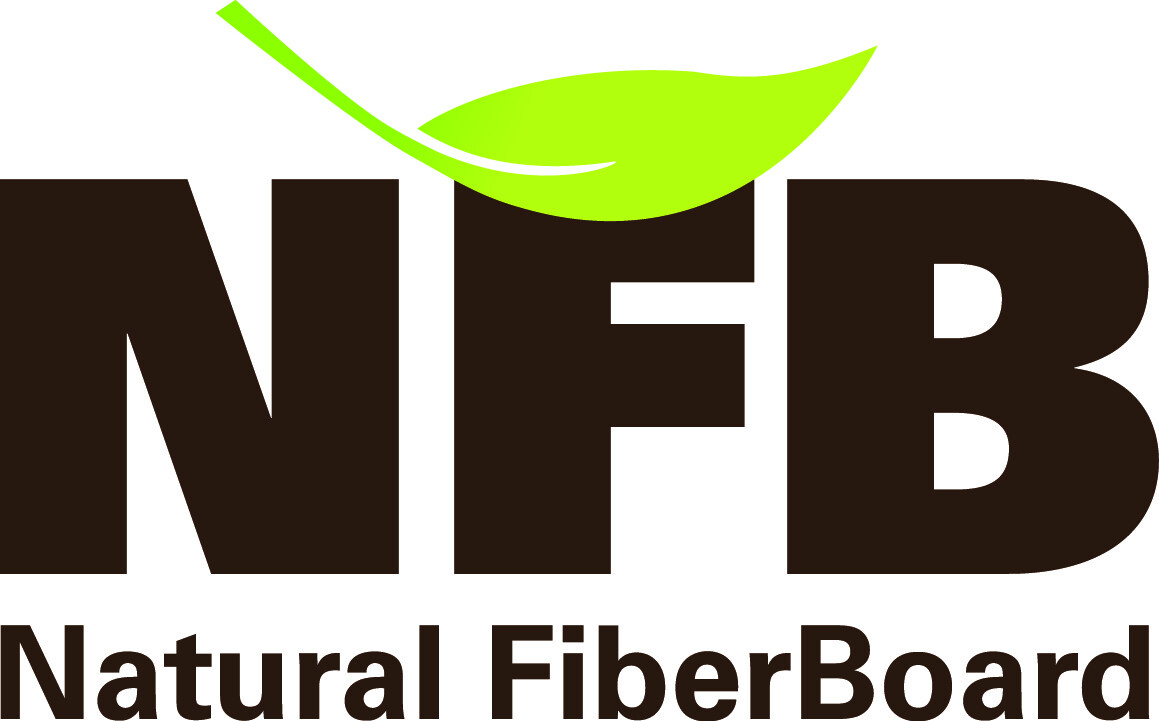NFB Softboard
NFB Softboard
Today a good insulating material must do far more than merely insulate against the cold.
Wet process-manufactured softboard also protects against summer heat.
NFB fibreboard’s high heat storage capacity helps prevent indoor overheating during the summer months.
NFB softboard significantly reduces the transfer of noise from room to room, neighbour to neighbour, and above to below. In addition, fibreboard “breathes” and regulates moisture balance permitting fully vapour permeable construction without the use of membranes or vented cavities.
There is no risk of interstitial condensation or rot.
NFB softboard provides a lot of life enhancing benefits in our homes.
Easy to install NFB softboard is used in various building shell applications, roofs, walls and floors.
End users realize substantial savings on building cost and improved performance when compared with conventional timber frame or rendered masonry construction.
NFB softboard is non-toxic, non-irritating, and easy to handle for installers and provides zero emissions once installed.
The fibreboard has low embodied energy, low CO2 emissions in manufacturing and waste can be composted.
Major Characteristics of NFB Softboards
|
Characteristics |
Unit |
Value |
Standard |
|
Density |
Kg/m3 |
140-300 |
EN 1602 |
|
Thermal conductivity |
W/m2K |
0,037-0,070 |
EN12667 EN 12939 |
|
Thickness |
mm |
4-200 |
EN 823 |
|
Reaction to fire |
Euroclass |
E |
En 13501-1 |
|
Water absorption |
Kg/m2 |
Up to 0,5 |
EN 1609 |
|
Water vapour diffusion resistance |
µ |
5 |
En 12086 |
|
Formaldehyde emission |
mg/m3 |
F****/< 0,03 |
JIS A 1460/01 EN 317 |
|
NFB has the same content of formaldehyde as natural wood |
|||


